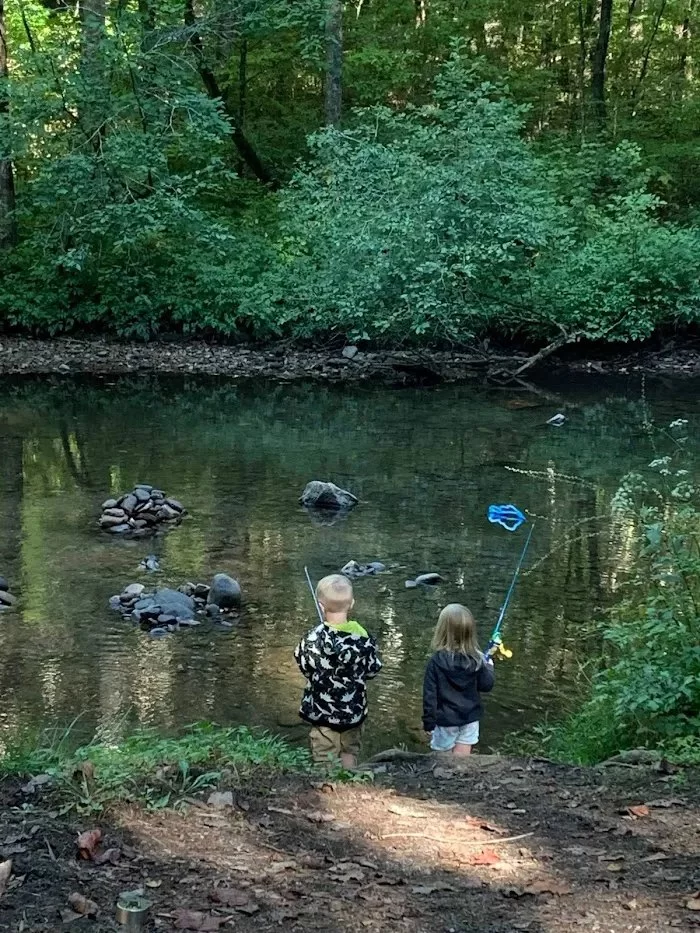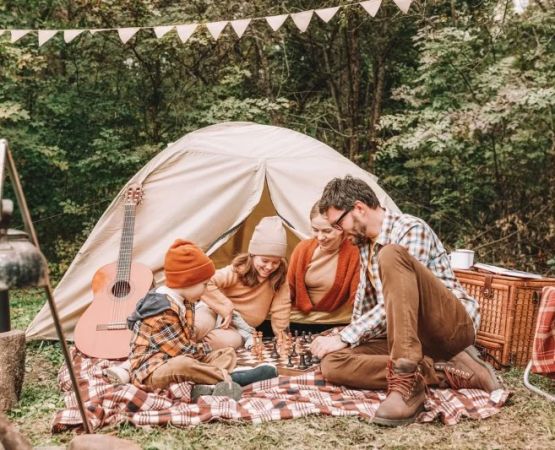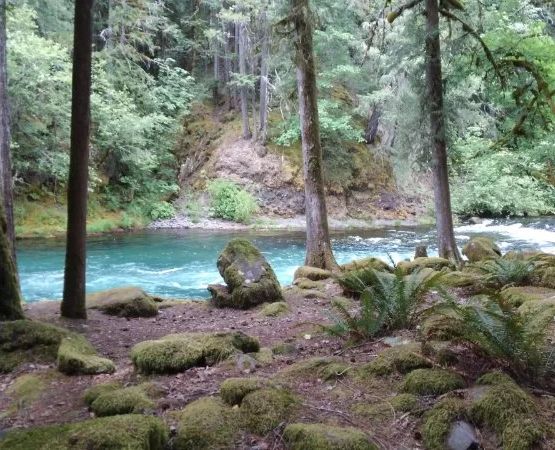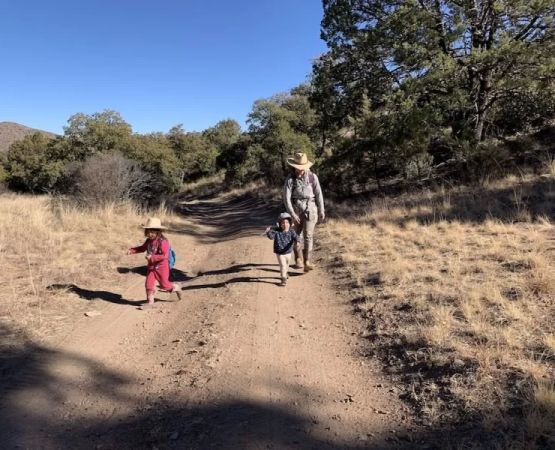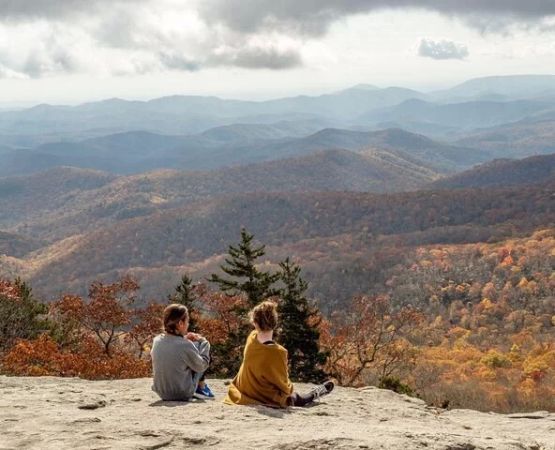- 1 - Why Outdoor Safety for Kids Matters
- 2 - Basic Principles of Outdoor Safety for Children
- 3 - Real-Life Stories That Highlight Safety Lessons
- 4 - Practical Strategies Parents Can Apply
- 5 - Safety Gear and Essentials Every Family Should Pack
- 6 - Teaching Kids to Be Aware and Responsible Outdoors
- 7 - Trusted Places for Family-Friendly Outdoor Guidance
1. Why Outdoor Safety for Kids Matters
Spending time outside is one of the best ways for children to build confidence, develop resilience, and explore the world. However, the outdoors also brings risks such as falls, insect bites, dehydration, or getting lost. Understanding the principles of outdoor safety for kids ensures that children enjoy the benefits of nature while minimizing hazards. Parents who take safety seriously often find that their kids feel more secure and free to explore without fear.
2. Basic Principles of Outdoor Safety for Children
The foundation of outdoor safety lies in preparation. This includes proper hydration, dressing appropriately for the weather, teaching kids about boundaries, and making sure they know emergency basics like identifying safe adults. For example, when camping or hiking, kids should always stay within eyesight and understand the “buddy system.” These simple principles can prevent many common outdoor mishaps.
3. Real-Life Stories That Highlight Safety Lessons
One well-known case involved a child wandering off a trail during a family hike. The child was found hours later thanks to quick action and prior training in “hug a tree”—a safety method that teaches children to stay put when lost. Another family shared how teaching their kids to recognize poison ivy prevented painful rashes during a summer camping trip. Stories like these emphasize why outdoor safety for kids is not optional—it’s essential.
4. Practical Strategies Parents Can Apply
Parents can make outdoor adventures safer by planning ahead. Carrying a basic first-aid kit, setting clear rules before leaving home, and role-playing emergency scenarios with kids are effective strategies. Encourage children to carry a whistle or wear brightly colored clothing for easy visibility. When near water, insist on life jackets even for strong swimmers. These strategies reduce risks while allowing kids to fully enjoy outdoor play.
5. Safety Gear and Essentials Every Family Should Pack
Essentials include sunscreen, insect repellent, extra water, nutritious snacks, and a simple first-aid kit with bandages and antiseptic. A map and compass—or a fully charged phone with GPS—help in unfamiliar areas. Families who camp often also benefit from investing in child-sized safety gear such as lightweight hiking shoes or reflective vests. At Pine Cliff Resort, families can find outdoor-friendly items tailored to safe and enjoyable adventures with kids.
6. Teaching Kids to Be Aware and Responsible Outdoors
Outdoor safety works best when kids themselves understand their role. Teach children to respect wildlife, avoid wandering off alone, and ask before touching plants or animals. Encourage open conversations about safety so kids feel empowered, not fearful. For older children, involving them in planning the trip can increase their awareness and responsibility.
7. Trusted Places for Family-Friendly Outdoor Guidance
Families looking to strengthen their outdoor safety practices benefit from expert guidance. Parks and recreation departments often host safety workshops, while organizations specializing in family camping provide resources for parents. Pine Cliff Resort offers family-oriented services and safe outdoor environments where kids can explore under well-supervised conditions, making it easier for parents to enjoy peace of mind.

